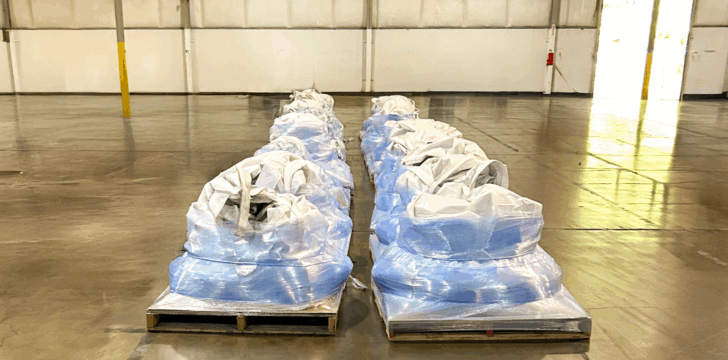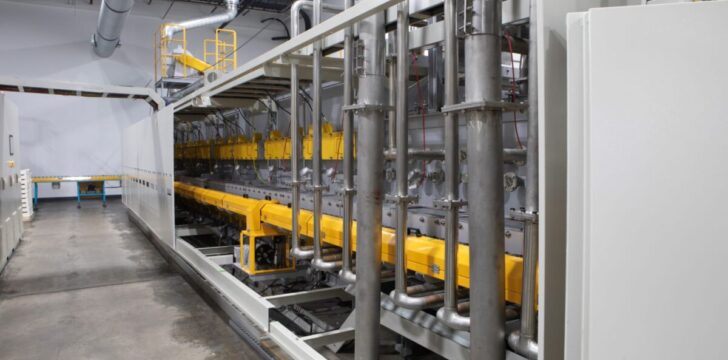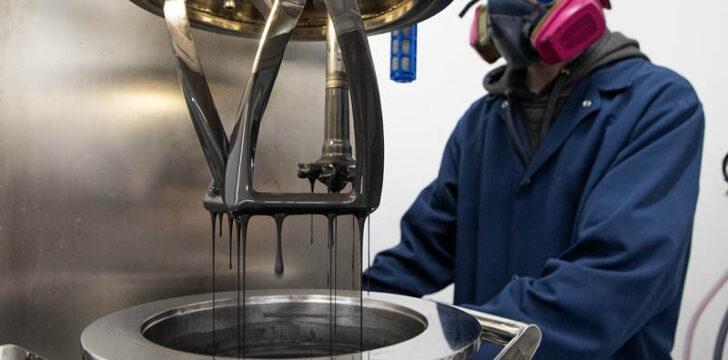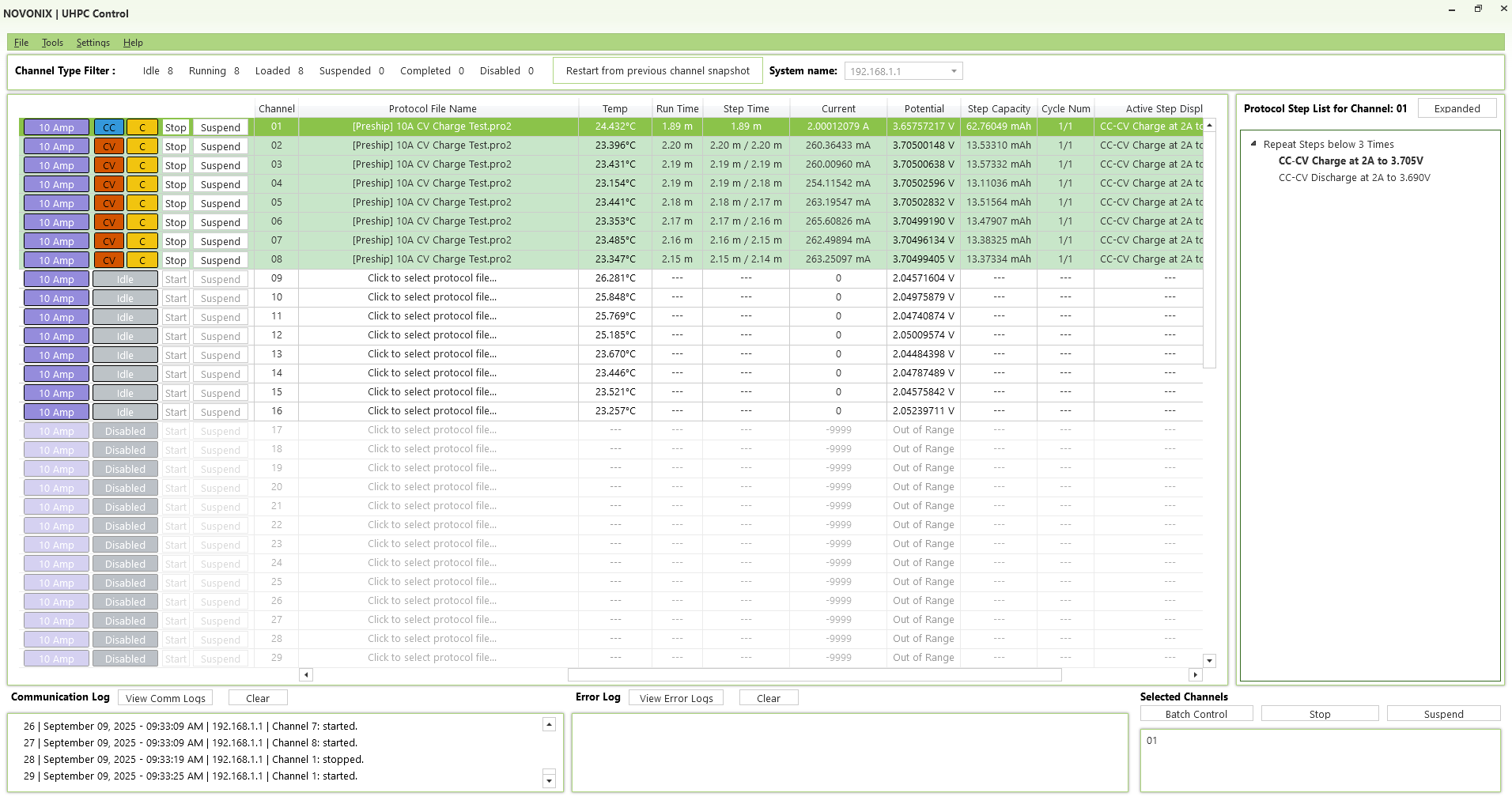The electrolyte in a battery is the medium that allows ions to flow between the positive and negative electrodes during charging and discharging. In a typical lithium-ion battery, the electrolyte is a liquid solution consisting of a lithium salt (like LiPF₆) dissolved in organic solvents (like a mixture of carbonates such as EC, DMC, etc.). The electrolyte must be chemically stable within the battery’s operating voltage window and temperature range, and assist with forming a stable solid electrolyte interface (SEI) on the anode electrode. The properties of the electrolyte—ionic conductivity, viscosity, electrochemical stability, etc.—greatly affect a battery’s performance, including its internal resistance, operating temperature range, charge rate, and safety.
NOVONIX is actively involved in testing and developing advanced electrolytes. They experiment with a variety of lithium salts, solvent blends and additives. Through conventional cycling tests, Novonix UHPC evaluation, EIS tests, etc., NOVONIX evaluates how these electrolyte changes impact battery metrics. For instance, an additive might significantly improve cycle life by preventing transition metal dissolution from the cathode. NOVONIX also assesses electrolytes for emerging technologies, such as high-voltage cells or silicon-rich anodes, where traditional electrolytes may falter. By optimizing electrolyte composition and ensuring compatibility with other cell components, NOVONIX helps push batteries to have higher stability, better safety, and improved overall performance.




